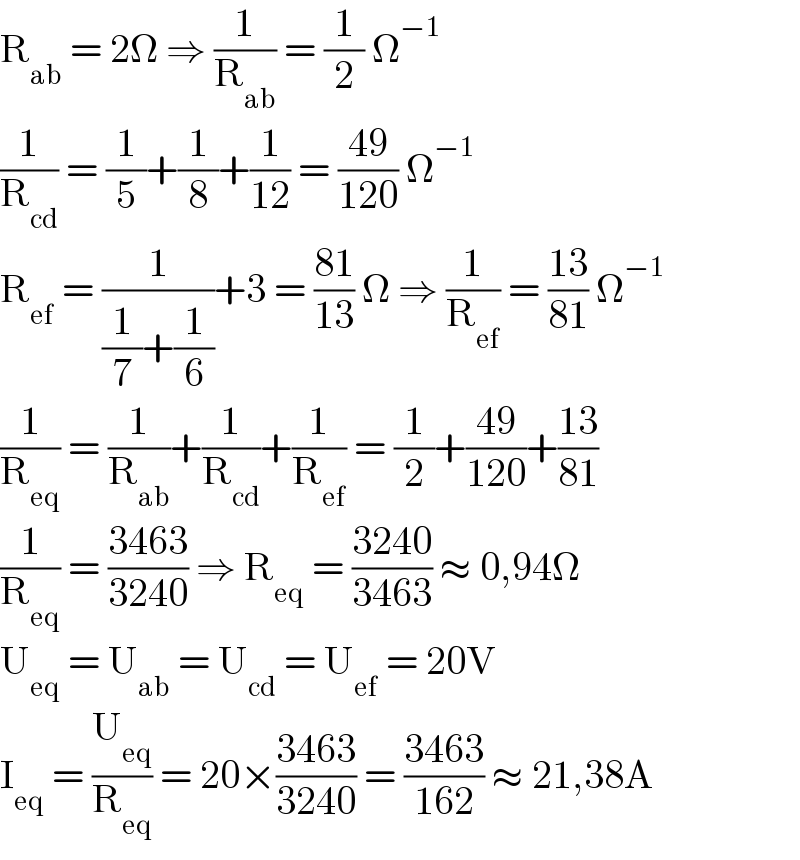
Question and Answers Forum
Question Number 146100 by tabata last updated on 10/Jul/21

Commented by tabata last updated on 10/Jul/21

Answered by Olaf_Thorendsen last updated on 10/Jul/21

Commented by tabata last updated on 10/Jul/21

Commented by tabata last updated on 11/Jul/21

